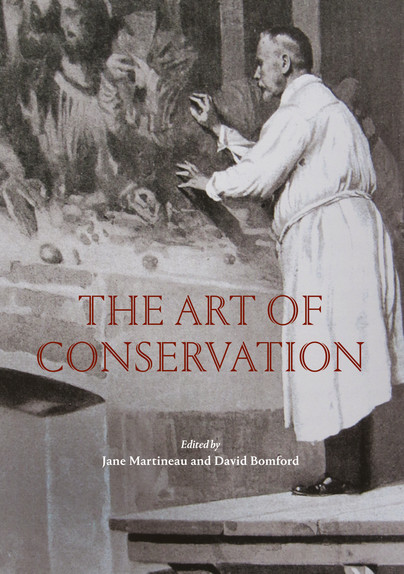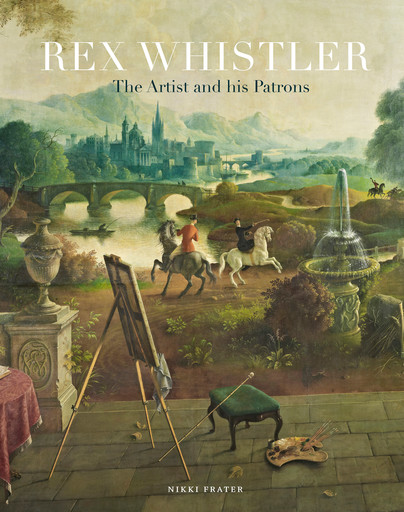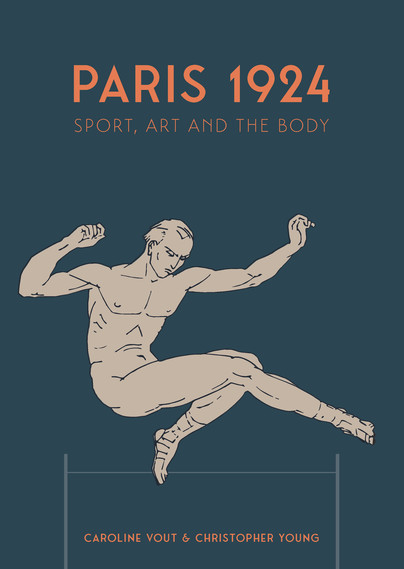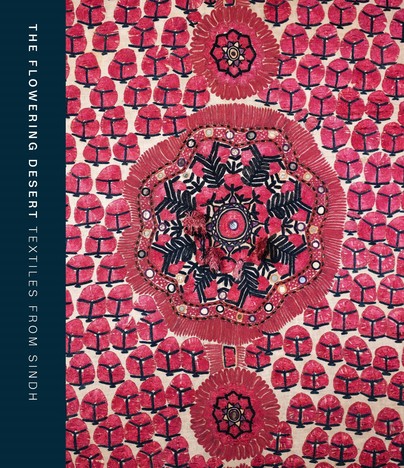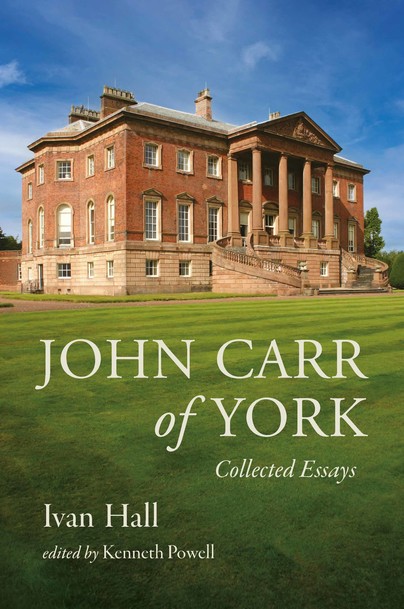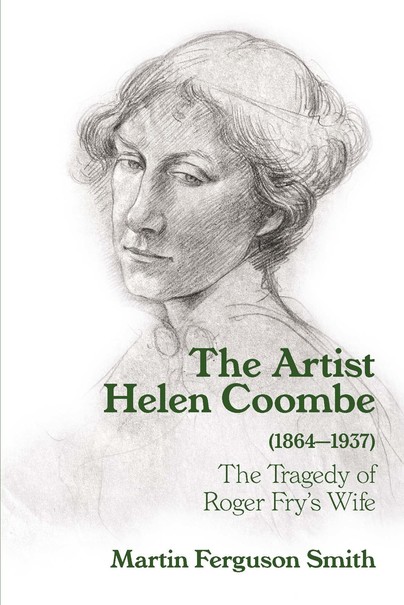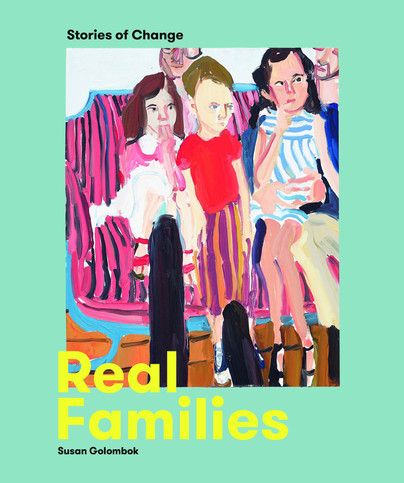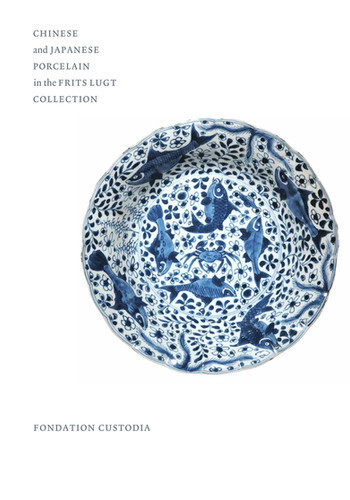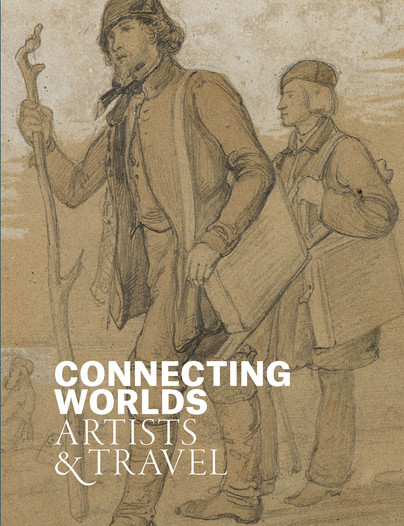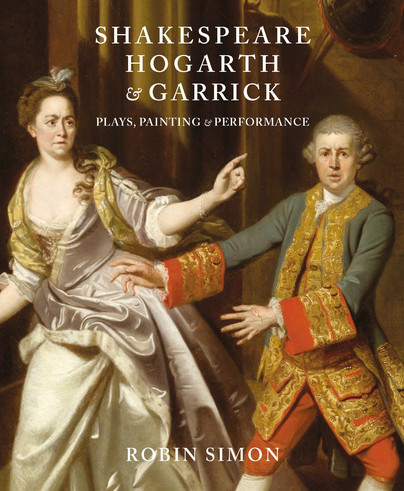Artists and travel have for centuries been intertwined where the desire to explore beyond the confines of one’s home has provoked a truly astonishing outpouring of creativity, much of which was captured through drawings and prints. Comprising over 100 such works, Connecting Worlds: Artists& Travel will be the first exhibition to approach the subject through the lens of artists’ experiences of travel from the Renaissance to the nineteenth century, before the establishment of the railroad and use of photography as a means of recording changed these experiences deeply. A collaboration between the Kupferstich-Kabinett, Staatliche Kunstsammlungen Dresden, and the Katrin Bellinger Collection, London, the exhibition will include works by major artists, lesser known professionals as well as amateurs, mostly from Northern Europe, amongst them Albrecht Dürer, Hans Holbein the Younger, Pieter Bruegel the Elder, Wenceslaus Hollar, Zacharias Wagner, Valentin Klotz, Maria Sibylla Merian, Angelika Kauffmann, Franz Pforr, Augusta von Buttlar, Julie von Egloffstein,Ludwig Richter, and Friedrich Preller the Elder.
Divided into three sections, “On the road”, “Destination Rome”, and “Dresden”, the exhibition begins by exploring artists on the road and what they regarded as important to record in sketchbooks and individual sheets. The second section looks at Rome as one of the most important destinations for Northern travellers, with its incomparable remains of antiquity and as the seat of the Catholic Church that celebrated its religious and administrative life through processions and public spectacle. The journey ends in Dresden, as a centre for collecting, cultural exchange and glamorous festivities, ambitiously competing with other international courts since the time of Augustus the Strong. A different kind of travel, made possible by collecting images and stories of landscapes, flora, fauna, and cultures previously unknown in Europe, is explored. This section closes with the story of the IndonesianRomantic artist Raden Saleh, who first visited Dresden in 1839, and was warmly welcomed by the Saxon court. The richly illustrated catalogue will feature essays by an international panel of experts addressing such topics as the uses of artist sketchbooks across time, written and visual accounts of travel in books and prints, encounters with the Ottoman world, travel and collecting at the Saxon court.







